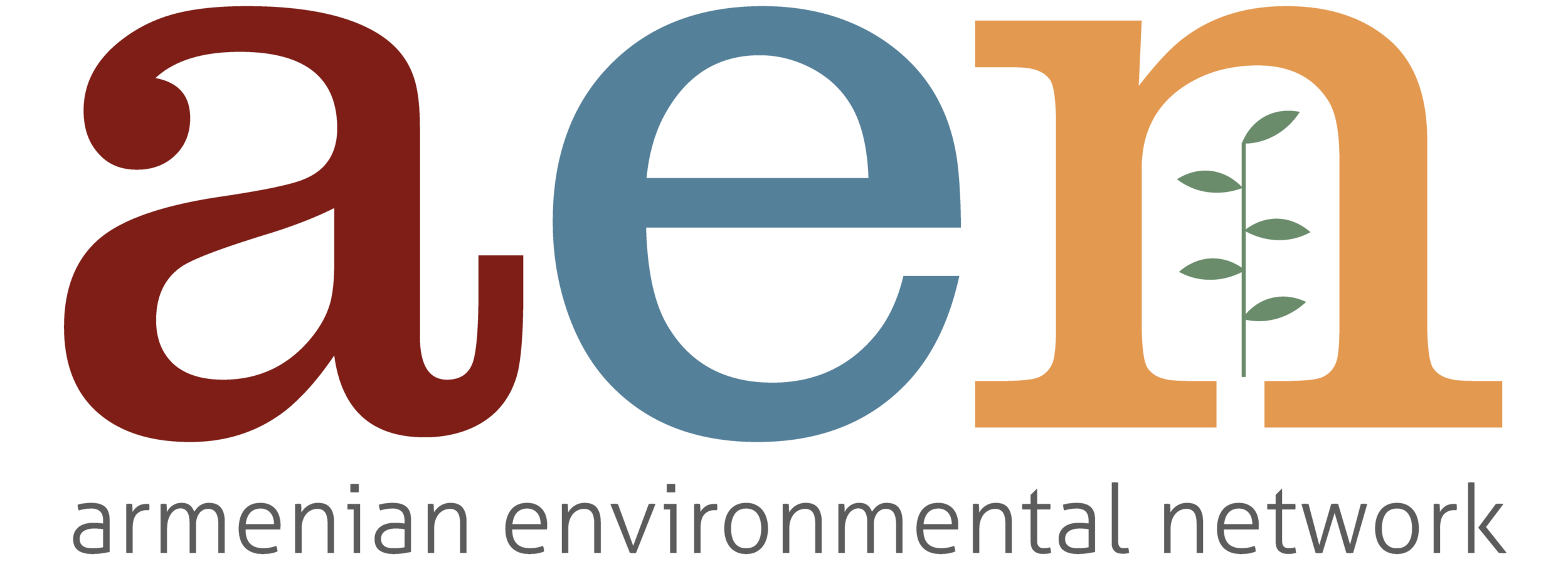Improving Armenia’s Wastewater Treatment System
By Dr. Nver Khachaturyan, International Operations Director’s Assistant, Project Assistant with “SAUR” Group’s (France) Armenian Branch “SAUR Sevan Services”, Water Supply and Wastewater Treatment, Comprehensive Delegated Management of Public Services For The Local Authorities
I was recently selected for the Fulbright Visiting Scholar Program by the US Embassy, Yerevan, Armenia to deeply investigate the wastewater treatment systems in the USA and bring back to Armenia the proper way to treat wastewater. Unfortunately, Armenia currently does not conduct wastewater’s full treatment and the wastewater treatment plants in Armenia only do the following: collect wastewater from towns, villages, and industrial plants and then conduct mechanical treatment – screening and sedimentation of suspended and solid particles. As a result, the semi-treated wastewater (with harmful bacteria, viruses, microorganisms, microbes, heavy metals, and other organically and inorganically enriched chemical compounds) is deposited directly into the rivers. When this partially treated wastewater goes into the water zone, it can pollute drinking and irrigation water sources’ and create public health problems such as diarrhea, vomiting, respiratory and other infections, hepatitis, dysentery, and other serious diseases, and can kill aquatic life and create algal blooms that can suffocate fish, raising a lot of other environmental problems.
In contrast, the wastewater treatment process in developed countries includes several core stages of treatment:
- Mechanical (primary), where the suspended and solid particles are mostly removed
- Biological (secondary), where the harmful bacteria, microorganisms, microbes and other organically enriched chemical compounds are biologically treated
- Tertiary, where 99.9 percent of the impurities can be removed from wastewater after biological treatment, producing drinking water quality
- Sludge treatment for the purpose of agriculture
- Disinfection of treated sludge and outflow
The principal purpose of my research is to support, protect, and save the Armenian environment, aquatic systems, water zones, and public health through investigating wastewater’s proper and advisable treatment with its core stages and bringing it back, implementing it and operating it here in Armenia.
Background Research
The Armenian water supply and wastewater treatment operation belonged to the State Water Committee, Ministry of Agriculture, Republic of Armenia (RA) from 2001 to 2004. In 2004, the Armenian Government–on behalf the State Water Committee, Ministry of Agriculture and Yerevan City Hall–outsourced two foreign companies for operating the Armenian water supply management and waste water disposal: French “SAUR Group” CJSC which reports to the State Water Committee, Ministry of Agriculture, RA and French “Veolia” CJSC which reports to the Municipality of Yerevan City. “SAUR Group” CJSC is responsible for the following utilities; “Armenian Water and Sewerage” CJSC, “Shirak Water and Sewerage” CJSC, “Lori Water and Sewerage” CJSC, “Nor Akunk” CJSC and “Veolia” is responsible for “Yerevan Water” CJSC. All in all, Armenia has had 18 wastewater treatment plants but nowadays these utilities together have 6 plants; 1 in Yerevan City and 5 in the regions of Gegharkunik, Tavush, Vayots Dzor. These wastewater treatment plants only conduct mechanical treatment where the suspended and solid particles are mostly removed.
The most important part of the treatment is biological treatment, or as it is said, biological treatment is the heart of the wastewater treatment process. Biological treatment is important, because it is the stage where the harmful bacteria, microorganisms, microbes, and other organically enriched chemical compounds are biologically treated and removed from wastewater so after this process, treated water can be tertiary-treated and disinfected, then discharged to the river or used for irrigation purposes free from harmful bacteria, microorganisms and microbes. Unfortunately, we currently do not conduct this process in Armenia. After mechanical treatment there are no other treatment stages.
As part of my research, I plan to find and discuss not only better solutions for wastewater treatment’s urgent problems but also useful and beneficial findings, such as:
- How to possibly use treated water for the irrigation purposes and to have an ecologically effective plant
- How to possibly use treated sludge in the purpose of agriculture, as a fertilizer
- How to possibly use the methane created from sludge treatment in heating systems
In this way we can implement internationally adopted standards, such as “Plant without Waste,” “Recycling,” “Waste-to –Energy,” and “Waste-to-Irrigation” approaches.
As I work for the Water Supply Management and Wastewater Treatment Company in Armenia, I plan to invest all my knowledge here to improve our service and implement the newest technologies of wastewater treatment. I would like to emphasize that the ultimate goal of my research on wastewater management is the protection of the environment in a manner commensurate with public health and socio-economic concerns. Based on the nature of wastewater, it is suggested whether primary, secondary, and tertiary treatment be carried out before final disposal. Understanding the nature of wastewater is fundamental to designing appropriate wastewater treatment processes and to adopting an appropriate procedure in order to have the required quality of water at the discharge point.
For any questions, please, contact me at: nverkhachaturyan@yahoo.com

